A RainShield can be desirable to a building owner for several reasons. RainShield can:
Cool walls can also benefit the environment, and policymakers may issue cool room regulations to:
Cool room is the fastest growing sector of the building industry, as building owners and facility managers realize the immediate and long-term benefits of rooms that stay cool in the sun. Cool Rooms are rooms consisting of materials that very effectively reflect the sun's energy from the wall and roof surfaces. Cool materials for low-slope roofs are mainly bright white in color, although non-white colors are starting to become available for sloped roof and wall applications. Cool walls must also have high emissivity, allowing them to emit infrared energy. Cool walls can reduce the wall surface temperature by up to 35°C, thereby reducing the heat transferred into the building. This helps to reduce energy costs, improve occupant comfort, cut maintenance costs, increase the life cycle of the structure, and reduce urban heat islands along with associated smog.
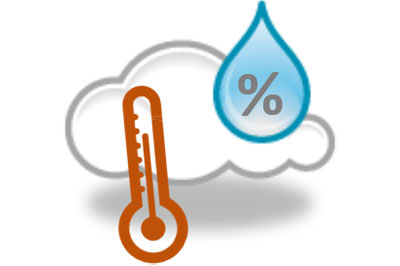

The primary intent of cool technology is to reduce the amount of energy absorbed by a wall surface. New advanced coating materials allow for the selective absorption and reflection of various spectral wavelengths. This allow for the design of cool wall with visual coloring that can enhance the building character while still reflecting a good deal of the total incident solar energy, of which a significant portion extends beyond the visual wavebands to include infrared and ultra violet light, the net result is that a lower fraction of incident solar energy (only about 20 % or less) is absorbed by the structure. This reduces the cooling load on the buildings. The environmental benefits of cool wall are that they can decrease the urban heat island effect by reflecting some of the incident solar energy back into space as opposed to absorbing the heat and releasing into the surrounding.
As outlined below, the installation of a cool wall can result in energy and demand savings, monetary savings, increased human comfort both indoors and outdoors, and significant positive impacts on urban environmental quality.
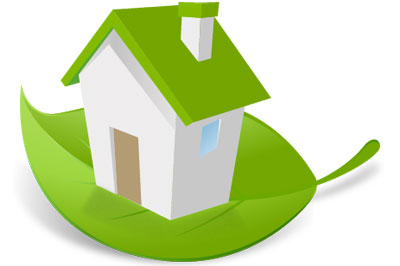
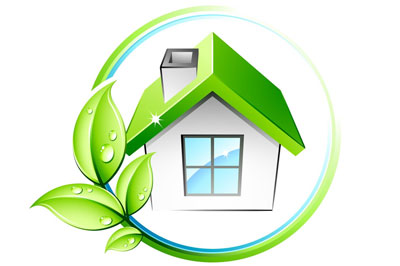
Energy savings due to installation of RainShield have been demonstrated and measured over a wide range of climates. Typical air-conditioning electrical savings have been in the range of 7% to 34%. Cooling energy savings are greater in hot and sunny locations. A cooling energy demand reduction as high as 38% has been measured in a field test. Demand savings are slightly higher. A reasonable energy savings expectation for a typical low-rise commercial building is 10% to 20% of the air-conditioning electricity usage.
Cool roofs and walls reduce the heat transfer into a building. For buildings with no air-conditioning cooling, such as many warehouses, it can significantly increase building occupants’ comfort. Measurements in an unconditioned two-story apartment building showed that adding a cool wall and roof kept the second floor cooler by 4°C, and the first floor cooler by 2°C.

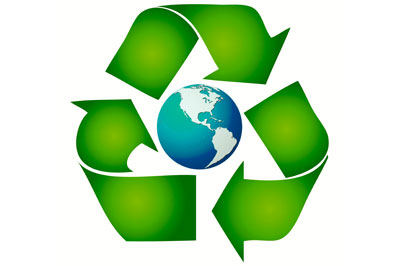
Installing cool walls and roofs also has positive environmental impacts. At a community scale, increasing the solar reflectance of walls and roofs can effectively and inexpensively mitigate an urban heat island. An urbanized area can be about 2-9°C hotter than the surrounding rural area. Increasing the solar reflectance of walls and roofs, transfers less heat to the ambient environment than do non-cool walls and roofs.
Water resistance has been traditionally confined to roofing but now we see its scope extended to new technologies. These make better use of space & innovations in infrastructures, give added environmental protection & introduce vegetation & other natural features into the urban environment. Water proofing is the field in which Multichem has mastered the processes that have given it leadership in India. The optimal way to protect the structure, siding, and exterior finishes from moisture damage is to design the outer layer of the house with Rainsheild that is solid enough to shed rain, block wind, and protect the sheathing wrap, but porous enough to dry to the exterior when wet.
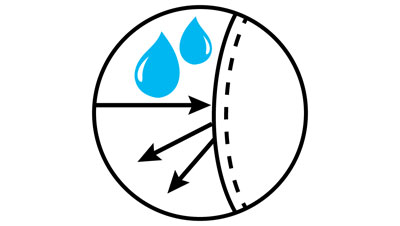
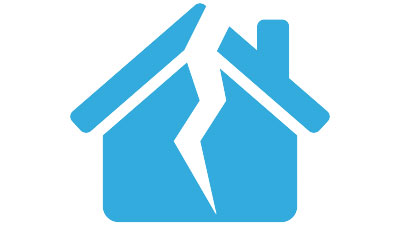
Cracks in concrete walls and slabs are a common occurrence. Concrete cracks should not be ignored. They appear in floors, driveways, walks, structural beams, and walls. Cracking cannot be prevented but it can be significantly reduced or controlled when the causes are taken into account and preventive steps are taken. RainShield provides coating that controls the concrete from cracking and if appeared, it will not show up, thus make the structure crack free.